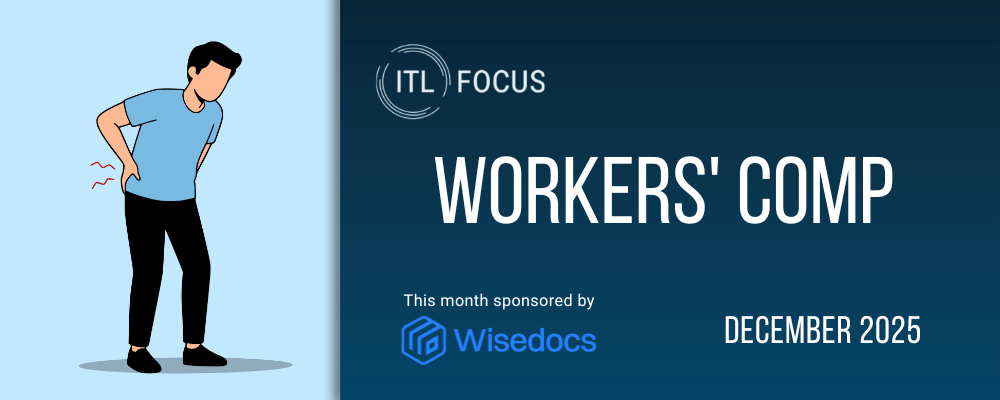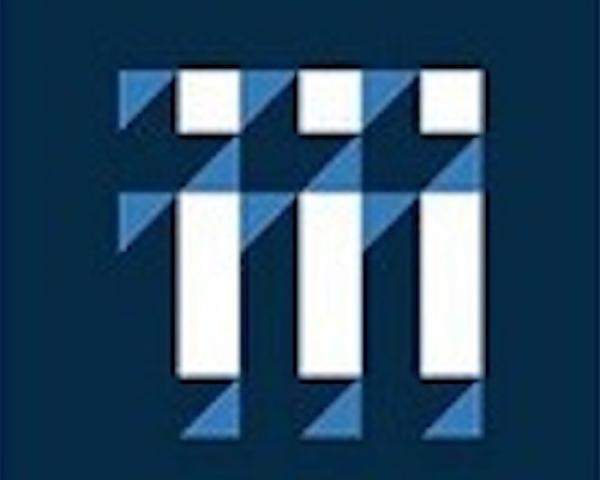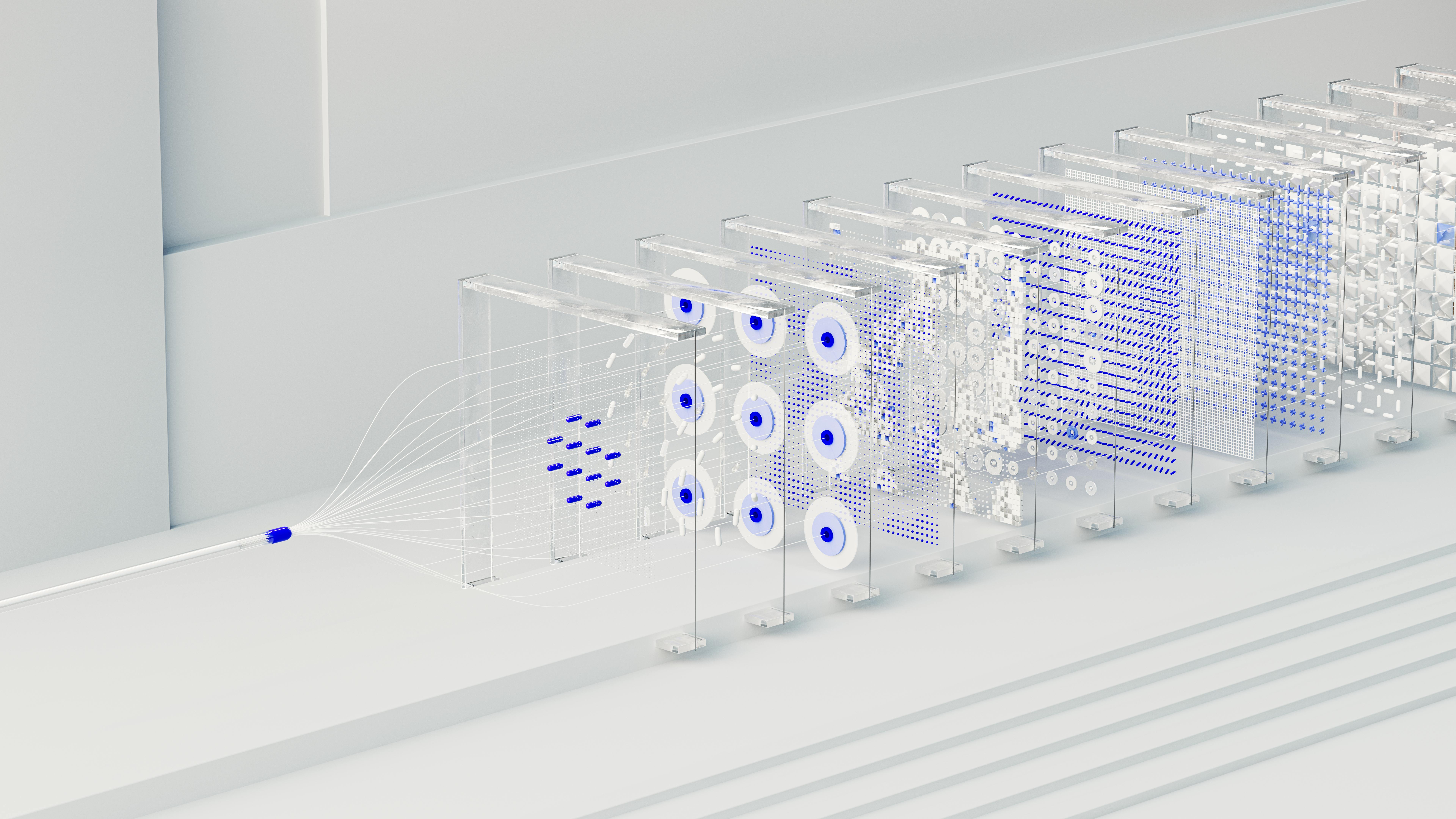Listen Now:
ITL:
Hi, I'm Paul Carroll, the editor in chief at Insurance Thought Leadership. I am joined by Dr. Michel Leonard, who, among the many hats he wears, is the chief economist and data scientist at the Triple-I, the Insurance Information Institute. We're having our quarterly chat about all things economics, in particular where inflation goes from here, the economic growth rate and, of course, what it all means for insurance. Michel, I thought, as long as you have done a report that you kindly shared with me on your latest thinking, maybe I'd start just by asking you to lay out what you think the basic legitimate targets are for economic growth, inflation and then P&C economics this year.
Michel Leonard:
Hi there. Nice to talk with you, as we do regularly. In terms of thinking first of our overall expectations, growth overall for the economy, as most of us know, has decelerated significantly from 2021 to 2022. Let's remind ourselves that we were at almost 6% in ’21; that was the post-COVID bump. Then, coming out of last year, the figure was 2.6%. So, a significant decrease. But let's remember that 2.6% for 2022 is still very good compared with the last years we've had. Going into this year, 2023, a consensus among economists is that we'll probably see an increase to a little bit above 3% growth; the Fed is a bit more optimistic, at around 3% to 4%. Our view is that there are some risks, especially on the geopolitical side, that could prevent us from getting as much growth as the most optimistic folks at the Fed and other central banks think.
ITL:
Okay, and then inflation.
Leonard:
When it comes to inflation, we kind of have a view that we have a base inflation that we should expect to be around 2% to 3%. However, again, here we have the geopolitical risk drivers. And to try to make sense of this, we're looking at two drivers.
Let's look at the base of 2% for inflation. That's what the Fed has been talking about for a long time. But then we have the dislocations of COVID. So, there was a supply issue that pushed prices up. And that really brought us about 2% more. So, we went from that “basis” of 2% to 4% or 5%. Then, on top of that, we had the war. That disruption was mostly for food, and some considerations of oil and energy. That added another 3%. So, you're basically in this range of 8%, where we were last year when we came to December. Looking to 2023, we're taking that roughly 2% base and looking at what happens to that dislocation due to COVID and the war, and we're really around 4%.
ITL:
One more question, and then we'll dive into some of the specifics. What do you see as the basic outlook for the P&C industry this year?
Leonard:
It's been such a tough environment. I hate to say that we have light at the end of the tunnel, because the challenges remain. But there are improvements. Things aren't getting as bad as rapidly, especially around growth and especially around replacement costs.
Now, on the growth side, traditionally we recover more slowly than the rest of the economy. But the economy has been recovering, and growth is accelerating, so we should see improvements in the P&C industry. In 2021, we were a fraction in terms of the growth of the rest of the economy. We were at 1%, while the overall economy was at 6%. Basically, this year, we can expect the growth rates will be about the same. So, the overall economy goes up 3%, and, all things being equal, P&C should be growing at a comfortable pace.
On the replacement cost side, that's where there's even more of a silver lining. A lot of those items that were significantly driving replacement costs, such as prices for autos and construction materials, those rose faster than the general rate of inflation -- double the rate – and now their growth is slowing much faster. Looking into this year, we're still going to have replacement costs rising a bit above overall inflation, but nothing like the twice as much that we had last year. At one point in the last couple of years, we had replacement costs for P&C at 16% inflation, with overall inflation at 6%.
ITL:
Thanks. So where should we dive in first? I know one thing you said in your report is that the growth will be lumpy, right? You're expecting problems more in the first half year of the year than in the second half of the year. Is that right?
Leonard:
We're still gathering data from Q3. Economists want to see if the actual numbers really improved after Q2. There is a lot of caution, but we could find that Q3 was indeed much better. Forecasts could ease if we see that growth wasn’t as challenged going into Q4 last year. And I'd say to our listeners and our readers, you really could see significant changes here, with whiplash.
ITL:
Makes sense. I want to talk a little bit about how the Fed is, obviously, the 800-pound gorilla here, throwing its weight around. I know you're not a fan of some of the things they're doing. That issue starts to bleed a little bit into the inflation discussion, but, anyway, I thought I'd ask you to comment on what the Fed is doing, and how it may or may not help.
Leonard:
I like it when you say this makes sense. It makes me feel good. [Chuckles]
What I'm trying to say is that, when it comes to the Fed, it's an issue of the underlying stance that the Fed took: that inflation was transitory, whether caused by the dislocation from COVID or from the war. But those events, of course, lasted quite a long time and, certainly on the war issue, are still there. The Fed’s position was very much in agreement with some politics that came into this, about the need to push inflation down. As soon as that happened, the Fed probably overreacted, and the medicine didn’t fit the disease.
The Fed’s monetary policy is increasing rates somewhat aggressively, and that coincides with a reduction in inflation, but that’s a coincidence. The Fed did kill demand. It did kill confidence. But it didn't address the underlying source of inflation. By not addressing the underlying source of inflation, by going directly after confidence and so forth, the Fed really overcorrected and brought us into this area where we're concerned about a recession. And the concern is quite real if one looks at corporate investments and corporate expenditures. They dropped significantly between Q1 and Q4 of last year, and that brings an economy to a halt.
ITL:
I'm probably parroting back to you something that you said to me once before, which is why it sounds smart in my head. I hope it's recognizable to you.
In general, the idea of raising interest rates is to make it more expensive to consume something. I'm less likely to buy a house with a higher mortgage rate. I'm less likely to buy a car if I'm financing it, if it has a higher rate associated with the loan. But a lot of what we're going through now relates to unreliable supplies of oil and gas. And raising interest rates isn’t going to produce more energy by making Russia stop screwing with international markets. With food inflation, you have another supply chain disruption that higher interest rates won't fix. Ukraine has long been the breadbasket of Europe and big parts of Asia and isn't able to supply that kind of food now.
Leonard:
That's exactly it. Traditionally, inflation is demand-driven. It's very rare in the last 50 years that prices have risen because we've had competition over the goods themselves. But cars aren't available, new cars in particular; there's a six-month delay for some models. I went on Amazon a couple of days ago because I needed a new microwave, and I was quite annoyed, frankly, to see that I couldn't get my microwave. What is that about?
Interest rates match well as a medication when we're trying to decrease demand-driven inflation, but that's not what we're seeing.
ITL:
Another issue that intrigues me about inflation is how long this will go on. We've talked about how it's steadily coming down, and that’s great. But, as you said, the Fed has traditionally had this 2% inflation target. Is that now done? Are we ever going to get back to it? If not, what's the longer-term outlook for inflation?
Leonard:
I think it's done. I’m not hedging, like traditional economists.
ITL:
That's right. You’re being a one-handed economist.
Leonard:
We were able to have increased demand for decades because supply of goods was being increased, also. Global labor was being supplied by rural China, other parts of Asia and so forth. But that environment is falling apart – the global supply chains, entry of new workforce, cheap labor, and so forth, that allowed for two or three computers a house because the computers were getting cheaper. There's not much cheap labor left around the world.
And that's a fantastic thing. Let's remember that it's great that people actually are paid for their labor. But that means that we are getting an environment where, regardless of the COVID dislocation in supply chains, we may actually see more often that things are missing on Amazon, so you have to wait a week or two. That's going to remove some of the controlling forces on labor and other costs.
Then think about global trade wars, such as with China, and the “reshoring” that is happening, which will affect capacity.
And we have a large, new generation coming in that will soon achieve a place where they can fully consume in terms of their income potential. That will further drive prices up.
So we probably end up with a new equilibrium that’s above 2% annual inflation.
ITL:
That makes total sense to me. And I think that's worth considering because inflation isn't just a 2023 problem. It's something that insurers have to crank into their long-term calculations.
Leonard:
We’re approaching what is almost the definition of stagflation. I started using the term very carefully a couple of years ago, and started using it in writing about a year ago. It’s where we're heading if the inflation is structural and at a higher level.
Without getting into a whole snowballing explanation here, what about immigration? Does immigration continue on the same scale? One of the ways we've been able to grow in the U.S. is because of immigration. But traditionally when there's tension over supply chains and reshoring, those produce political tensions, which also extend to immigration. The U.S. has had a period of historical immigration in terms of the number of Americans like me, who are foreign-born. But what happens now?
And does that point to a different growth story and a different inflation story. We could head back toward the attitude of the Great Depression generation, that things aren't going to get better. We haven't really learned to live with that attitude as a society.
ITL:
Those are profound topics. I've long thought that what you say about immigration is getting lost in the discussion. Because while people are talking about the border, and they're upset, and there are all kinds of political issues, we are robbing ourselves of a workforce that traditionally has helped the economy grow and has helped manage inflation.
Leonard:
If you have a reduction in growth and then we have structural inflationary pressures, that suddenly brings us into a position where, at a minimum, the improvement in quality of life and standards of living and so forth is decelerating. That's what we're really talking about. We're in an environment where the accumulation of wealth above and beyond inflation becomes more and more challenging.
ITL:
Yep. I wish we could be cheerier.
Well, I could go on all day, but to bring this around to a close in sort of the normal time we ask people to spend with us, maybe I'll ask you to come back to insurance and explain the scenario you lay out in your report that would lead to more homes and cars being bought and, thus, more insurance being bought.
Leonard:
You're seeing significant recoveries in those areas that have been worst-hit for the insurance industry. Costs for construction materials went through the roof. Prices for cars went through the roof. Replacement costs went through the roof. And those prices are coming down. As they're coming down, demand is coming back, as well, for cars and homes.
It’s happening first on the homeowner side, a little less on the commercial side, but we're in a position where our growth will pick up in homeowners and commercial property. It is picking up right now.
And then our costs will go down. We have several steps to get there, but we do see a light at the end of the tunnel there.
ITL:
As always, I appreciate your time and insights. I found the conversation kind of bracing, but in a way that I think certainly will help me think about things and that I hope will help our listeners and readers think about things. So, I'll just encourage people to check out you, Michel Leonard, and iii.org, the Insurance Information Institute. And, of course, I hope people sign up for the Six Things newsletter I do every Tuesday and check out the good work that people do for us with the articles we post at insurancethoughtleadership.com.
Michel, thanks.










